Introduction
Iran is a nation located in the Middle East that is rich in history and culture. Kurdistan province, one of Iran's 31 provinces, is located in the western part of the country. The Sanandaj city of Kurdistan province is a fascinating place to study because of its unique culture,
literature, art, social, economy, geographical and historical relations, and its role in the context of Iran's great civilization. In this essay, I will provide a comprehensive analysis of all these aspects and explain why they are essential to study. I will also examine the contemporary progress of the region and discuss its competitive advantages in Iran's ongoing development drive.
History of Kurdistan Province
Kurdistan province has a long and rich history that dates back to different periods. Iranians were living in this region as early as 10,000 BC. The Median Empire ruled the region in the 8th century BC, followed by the Achaemenid Empire (550– 330 BC), and the Parthian Empire (247 BC – 224 AD). Other dominating forces in the region were the Sassanid Empire (224 – 651 AD), and the Arab conquerors during the 7th century AD. The Saljug Turks, who migrated to central Asia in the 10th century, overran most of Iran's major cities, including Huraman and Zanjan. Their reign lasted from the 11th until the 14th century. During this time, the territory fell under the control of the Mongol Empire, followed by the Turkish Empire.
In the mid-16th century, the Safavid dynasty took control of Iran and established their rule in Kurdistan. However, they could not fully control the region, which remained semi-autonomous under the Qadiri Sufi order. The region's identity was further enhanced during the 17th century when the Ardalan dynasty rose to power in the Sanandaj
region, followed by other principalities in Baneh, Kamyaran, and Saqqez.
Sanandaj City
Sanandaj is the capital city of Kurdistan province and home to some of Iran's most significant cultural, economic, and academic activities. Sanandaj's history dates back to the Qajars' era (1796-1925), who commissioned people from other parts of Iran and the world to come and settle in the city. Consequently, Sanandaj is a melting pot of different communities with distinct
cultures, art, and language.
Cultural Aspects
Kurdistan province has a unique culture that is deeply rooted in Iran's history and civilization. The culture of the Kurdistan region is different from that of other parts of Iran, primarily due to its historical and geographical isolation from central Iranian culture. Kurds have their own language, music, folklore, literature, and cuisine. Kurdish music, for instance, is characterized by its melody and rhythm and is an essential part of the Kurdish culture.
The region is famous for its lively music, and you will often hear it played in markets and bazaars, as well as in homes and cafes.

Kurdish art draws from both Islamic traditional art and more modern forms
Literature and Art
The Kurdish population has a rich literary tradition that dates back centuries. Kurdish literature is renowned for its poetry, which is often performed in public spaces, such as parks and coffee shops. Kurdish writers and poets also have a long history of speaking out against political oppression, using their literary skills to denounce oppressive rulers.
Kurdish art draws from both
Islamic traditional art and more modern forms. Carpets, for example, are an important aspect of Kurdish art, and the region produces some of the most intricate and beautiful carpets in the Middle East. The region is also famous for its woodcarving and calligraphy, further emphasizing the significance of art in the region.
Social Aspects
The social aspects of Sanandaj and other areas of Kurdistan are unique and differ from those of other regions of Iran. The Kurdish people have their own distinct culture, language, and traditions, which they have maintained despite years of political and social oppression.
The region is known for its hospitality, and visitors are often welcomed with open arms. The Kurdish people are proud of their identity and are committed to safeguarding their culture. The availability of quality healthcare,
education, and public infrastructure has improved the lives of the people in the region.
Economic Aspects
Kurdistan province is rich in natural resources, such as oil and gas, forests, and agriculture. The economy of the region, which relies heavily on agriculture, has seen significant growth in recent years due to increased investment in the sector. Sanandaj is also a major industrial city, with the
manufacturing and textile industry accounting for a significant part of the region's GDP.
Geographical Aspects
Kurdistan province has a diverse geography, with mountains, valleys, and plains. The region is nestled between the Zagros Mountain range, which runs across the western part of Iran. The mountains have played a vital role in defining the region's culture and traditions, and are home to many Kurdish nomadic tribes.
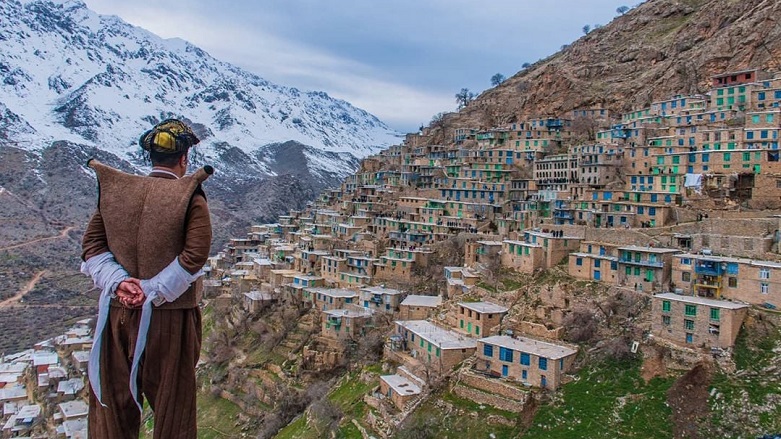
Kurdistan province's economic potential is significant
Importance of Studying Kurdistan Province
Studying the history, culture, literature, art, social, economy, and geographical aspects of Kurdistan province is vital for several reasons. First, it enhances our understanding of Iran's rich history and civilization, and provides insight into how cultural identity has shaped the country's development. It also provides valuable information about the unique culture, literature, art, language, and traditions of the Kurdish people, which is essential in promoting cultural understanding in Iran and beyond.
Secondly, Kurdistan province's economic potential is significant, with vast natural resources such as oil and gas, forests, and mining deposits. The sector has seen significant growth in recent years due to increased investment, and an understanding of the region's economic potential is crucial for promoting
sustainable economic development.
Thirdly, studying the region's history and culture contributes to our understanding of Iran's contemporary politics, particularly in the context of the Iranian government's relationship with minority populations such as the Kurds.
Competitive Advantages of Kurdistan Province
Kurdistan province has several competitive advantages that make it a vital economic and political center in Iran's overall
development vision. For instance, the region's strategic location between Iraq and Turkey makes it a vital transit point for transporting goods and services in the region. This advantage has led to increased investment in the region, with several infrastructure projects underway, including roads, airports, and ports.
Moreover, Kurdistan province's investment potential is also due to its vast natural resources, which include vast oil and gas reserves, water resources, and fertile land for agriculture. The region's agricultural sector is also a significant potential attraction since several local and international firms have expressed an interest in investing in the region's agriculture industry.
The region's large population, which stands at over 1.5 million people, makes it a potentially significant consumer market
for various goods and services. The local economy has grown significantly in recent years with growth averaging at around 5%. This growth is essential in creating opportunities for new business start-ups, promoting entrepreneurship, and creating job opportunities.
Challenges Faced by Kurdistan Province
Despite the above competitive advantages, Kurdistan province continues to face several challenges that impede economic growth and development. One of the most significant challenges is the political support which has undermined its political stability and development.
The Kurdistan province has also been a flashpoint for several armed conflicts. These conflicts have led to a significant loss of life and property, which has impacted economic growth and stability.
The region has also experienced several environmental challenges, including drought, desertification, and deforestation, which have undermined agricultural productivity and the region's natural resources. Consequently, local and international efforts have focused on
improving environmental management and disaster preparedness.
Conclusion
In conclusion, Kurdistan province, and its capital city of Sanandaj, is an essential cultural, economic, and political center in Iran's larger development vision. The region's unique culture, literature, art, language, and traditions provide insight into Iran's rich history and civilization and contribute to a better understanding of the country's contemporary politics.
The region's competitive advantages, including its strategic location, vast natural resources, and large population, make it an attractive investment destination for local and international players. However, achieving sustainable economic growth will require overcoming several challenges, including political instability, armed conflicts, and environmental degradation. Therefore, the Iranian government and other stakeholders must prioritize efforts towards creating a politically stable environment, investing in infrastructure and
strengthening environmental management to achieve sustainable development in Kurdistan province.
Dear Visitor; Please take a look at the list of 50 most visited websites in the world wide web: YouTube, Facebook, google, translate, gmail, weather, amazon, Instagram, cricbuzz, Hotmail, wordle, satta king, twitter, yahoo, yandex, sarkari result, Netflix, google maps, yahoo mail, roblox, whatsapp, NBA, BBC news, outlook, pinterest, flipkart, eBay, omegle, live score, tiktok, canva, ipl, premier league, hava durumu, ibomma, walmart, twitch, ikea, shein, linkedin, home depot, e devlet, lottery, snaptik, cricket, serie a, nfl, spotify, fox news, amazon prime; There is no book publishing related or project management website in this list. We are working hard to bring these important issues to the center of concentration of societies. Please introduce us via social media, share our website with others and help us to make our world a better place to live. Best Regards.




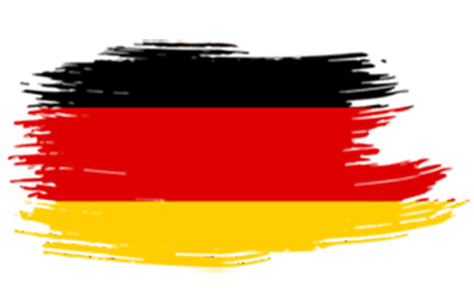

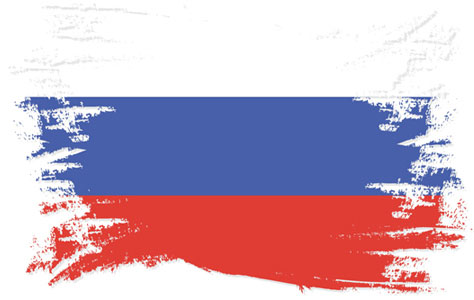

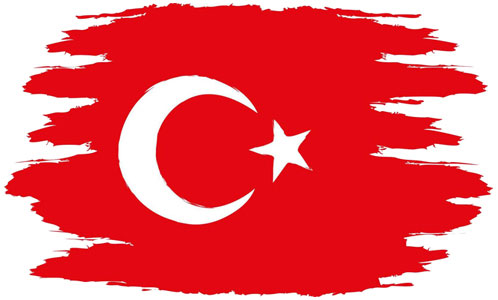

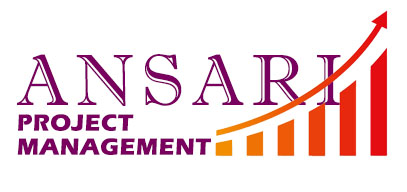


Write your review